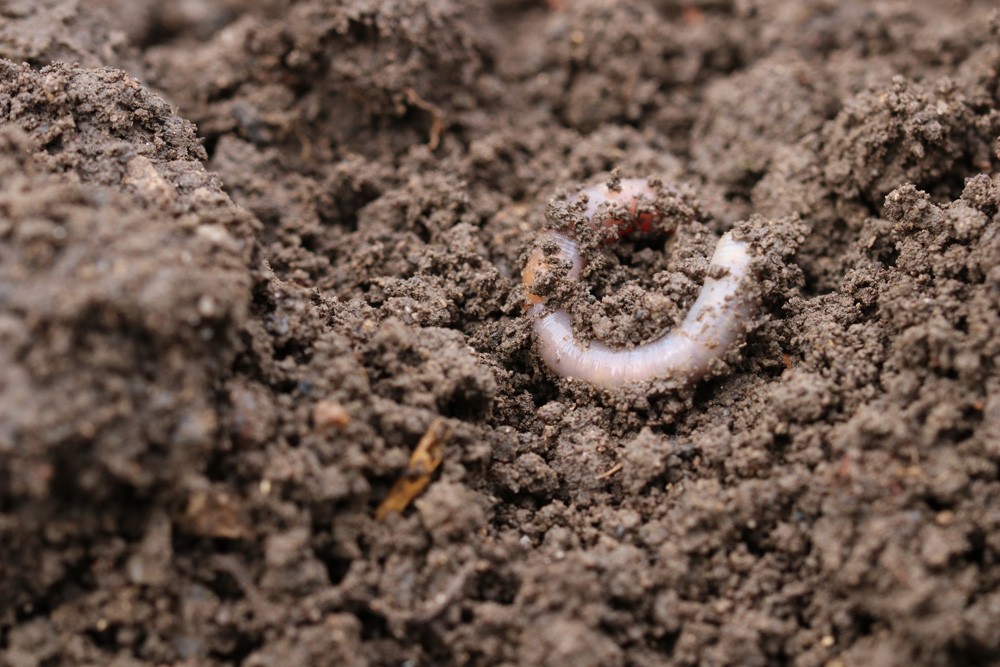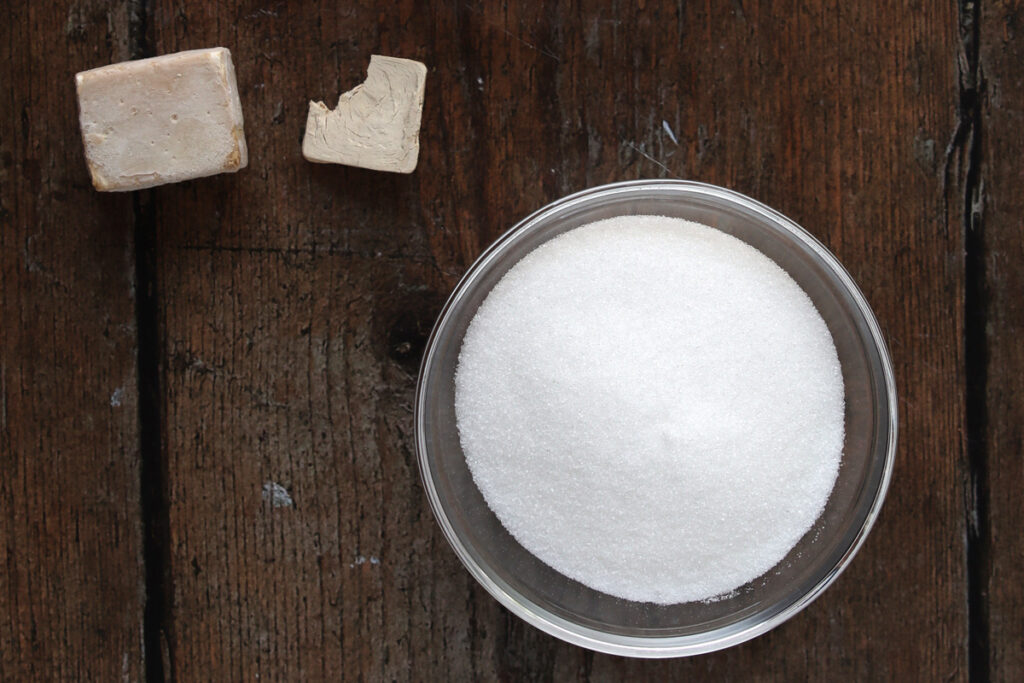Tomatoes are highly consumptive plants that want to be regularly supplied with nutrients. In addition to a common fertilizer, numerous home remedies are also available for this purpose, such as yeast and sugar. How these are best used, you will learn in this article!
Contents
Bakers yeast and sugar as fertilizer
There are numerous home remedies that have also proven useful in the garden – such as yeast and sugar. These are not only suitable for cooking and baking, but also as indirect fertilizers. This is because yeast and sugar contain valuable substances from which tomatoes can benefit. These micronutrients feed soil organisms, which in turn decompose other components and subsequently provide nutrients for the plants.
Baking yeast
Baker’s yeast is characterized by its high propulsive power, as one gram of baker’s yeast contains up to 10 billion yeast cells. On top of that, yeast is rich in protein, which is beneficial for living organisms in the soil. Not to forget the numerous minerals and trace elements found in yeast, which are available to soil organisms:
- Biotin
- Iron
- Folic acid
- Potassium
- Magnesium
- Niacin
- Vitamin B1, B2 and B6
- Zinc
Sugar
Sugar is only a popular sweetener, because it is also an excellent tool in the garden. This is because sugar has a positive effect on the growth of plants, providing them with energy in the form of simple carbohydrates. Tomatoes can use this energy well and quickly, so sugar is very suitable as an additional fertilizer.
Instructions: Fertilizing with yeast & sugar
Those who want to fertilize tomatoes with sugar and yeast should always remember that these home remedies are no substitute for regular fertilizers. This is because tomatoes are highly nutritious plants that require nitrogen, phosphate, potassium and magnesium in particular – substances that yeast and sugar do not contain at all or in sufficient quantities. Nevertheless, yeast and sugar are suitable as additional suppliers of nutrients, which should best be used sparingly. There are different methods for this:
Method #1: Incorporate into soil.
A simple and easy method is to work sugar and/or yeast directly into the soil in the fall. In this way, the soil is optimally prepared for the tomato plants and the nutrients are evenly incorporated into the soil.

- Work evenly into soil in the fall
- Sprinkle substrate with yeast and/or sugar
- Rake or dig up soil
Method #2: Allow to ferment
This method is a bit more time-consuming, as yeast and sugar must first ferment in water for a few days. However, this method allows you to make a larger amount of the supplemental fertilizer right away, which is especially handy when growing a lot of tomato plants.
- mix 100 grams of baker’s yeast and 200 grams of sugar
- mix in 10 liters of water
- let the mixture stand for several days
- add 1 liter of the mixture to 10 liters of irrigation water
Note: The water does not have to be fresh, as stale tap water, rainwater or potato water is also suitable!
Method #3: Directly into the water
If you grow only a few tomato plants and want to fertilize them with yeast and sugar, you can mix the home remedies directly into the water. Rainwater is best for this, as it contains less lime than tap water. However, those who do not have the possibility to collect rainwater can also use stale tap water for watering.
- 10 grams of yeast and 20 grams of sugar
- mix in 1 liter of water
- Pour tomatoes with the mixture


